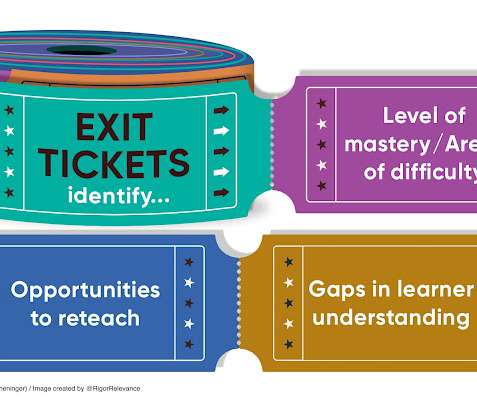Your Ticket to More Effective Lessons
A Principal's Reflections
OCTOBER 16, 2022
It was a one-size-fits-all approach centered on the teacher making all the decisions from an instructional standpoint at the expense of developing competent learners who can think. Like many things in education, elements of ITIP still have value depending on how they are used.
















Let's personalize your content